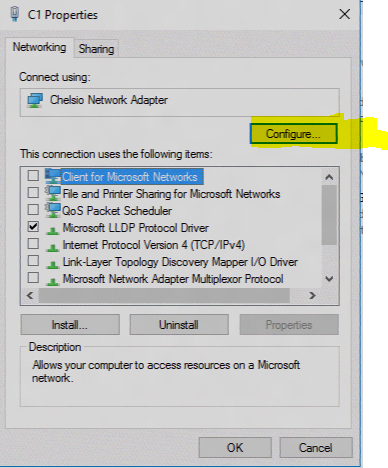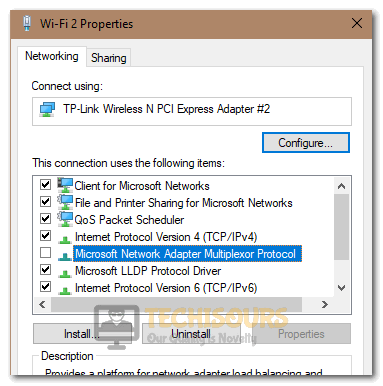
The Teaming Mode determines how the server and switch(es) will divvy up traffic between the multiple connections. When you commence NIC Teaming, you’ll need to select what Teaming Mode to use. And finally, you’ll need to use the Microsoft Network Adapter Multiplexor to initiate NIC teaming. You will also need at least two network adapters available. First, you will need access to either Windows Server 2012, 2012 R2, 2016 or 2019. NIC Teaming Requirements for Virtual Machinesīefore starting this process, there are a few NIC teaming requirements for virtual machines that will need to be in place. It also helps simplify network configuration. Efficiently breaking up network traffic across multiple connections better utilizes network resources, ensures the availability of servers and increases bandwidth. The benefits of NIC teaming stem from its load-balancing capabilities. One of the benefits of Microsoft’s NIC teaming is that it is hardware and vendor-agnostic.

There are similar solutions available on certain hardware from third-party vendors but these are often limited to specific hardware. This ability offers System Administrators a simple solution for link aggregation and load balancing, failover and Software-Defined Networking (SDN). NIC teaming on Windows Server can support up to 32 physical connections per virtual NIC.

All of the traffic being sent from the OS will pass through the virtual NIC and be load-balanced across the assigned physical network connections. Network Interface Card (NIC) teaming allows you to combine multiple physical network adapters into a virtual NIC, which will then be presented to the OS as a single NIC.

One method for achieving this reliability is for Windows-based systems is through NIC Teaming teaming on Windows Server editions. System administrators and IT professionals are always looking for ways to improve network performance and fault tolerance.


 0 kommentar(er)
0 kommentar(er)
